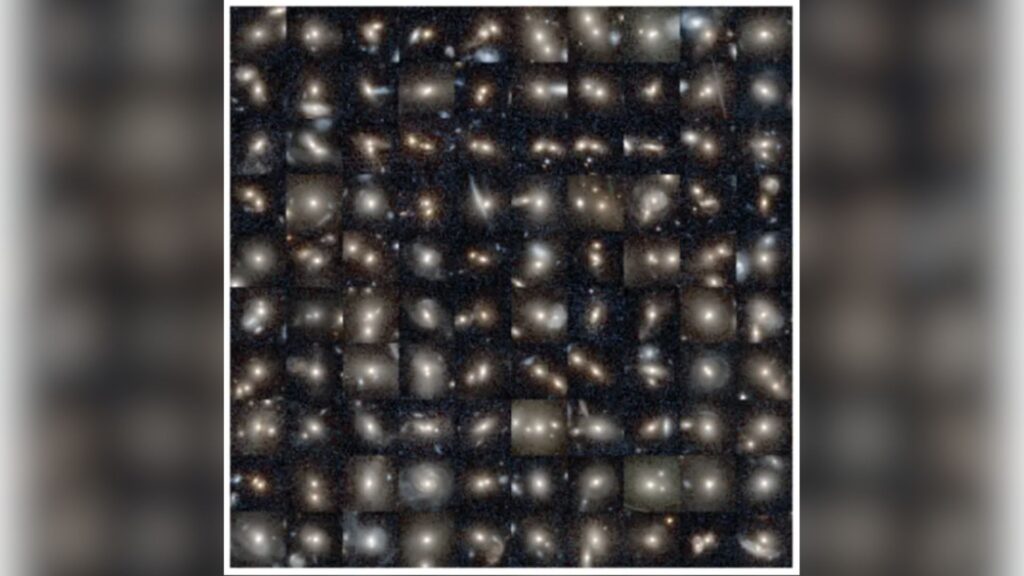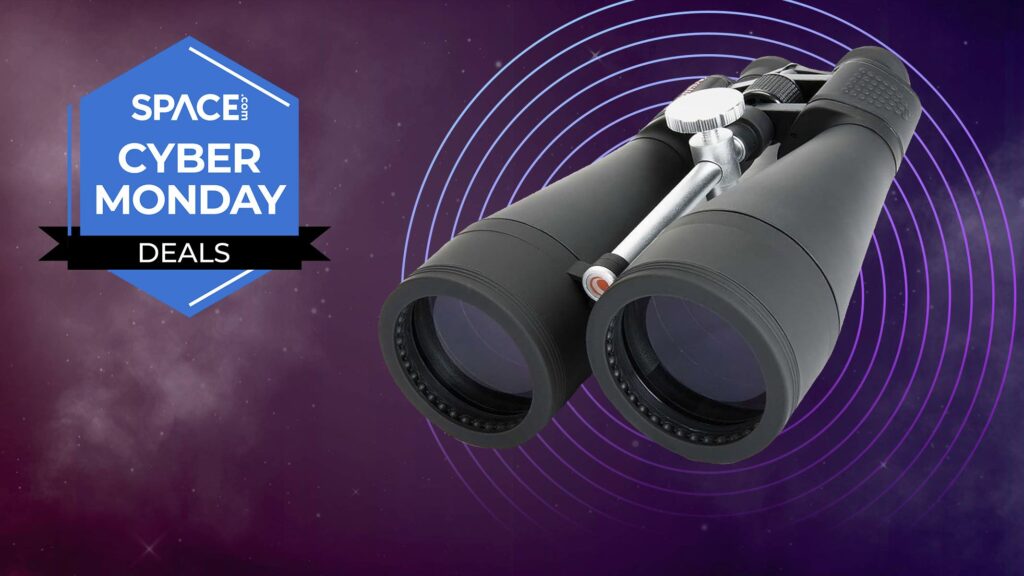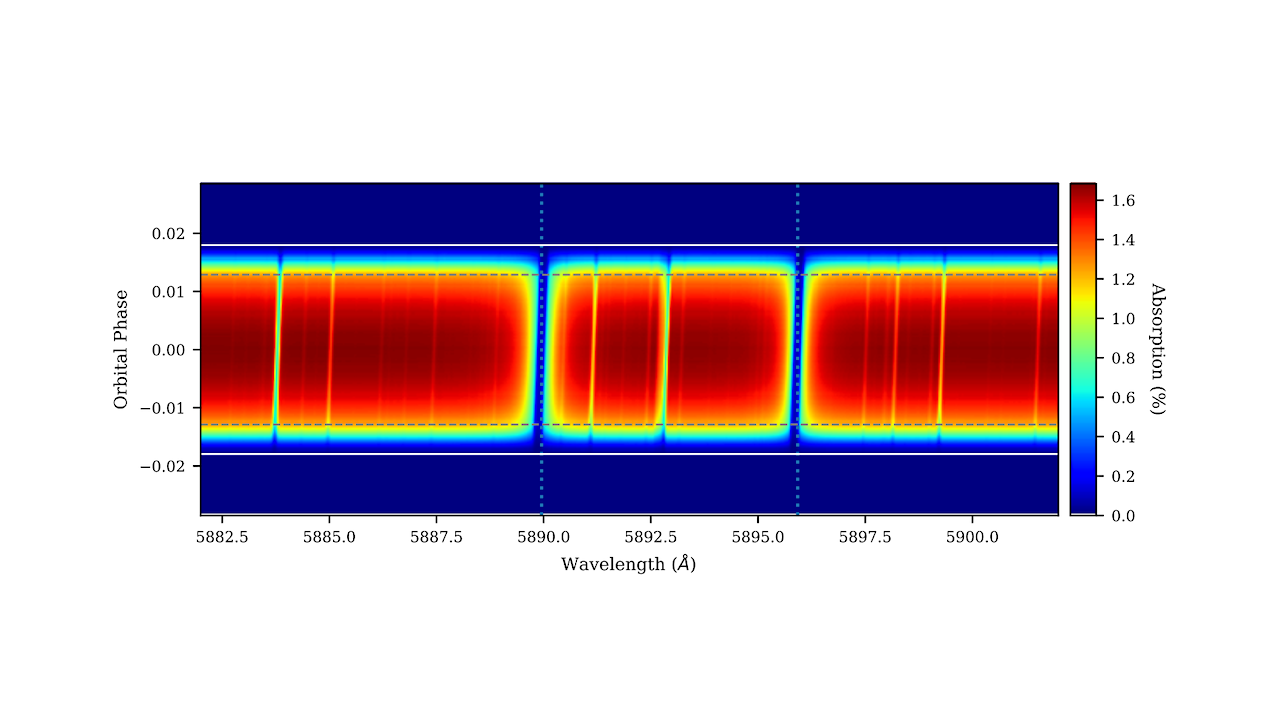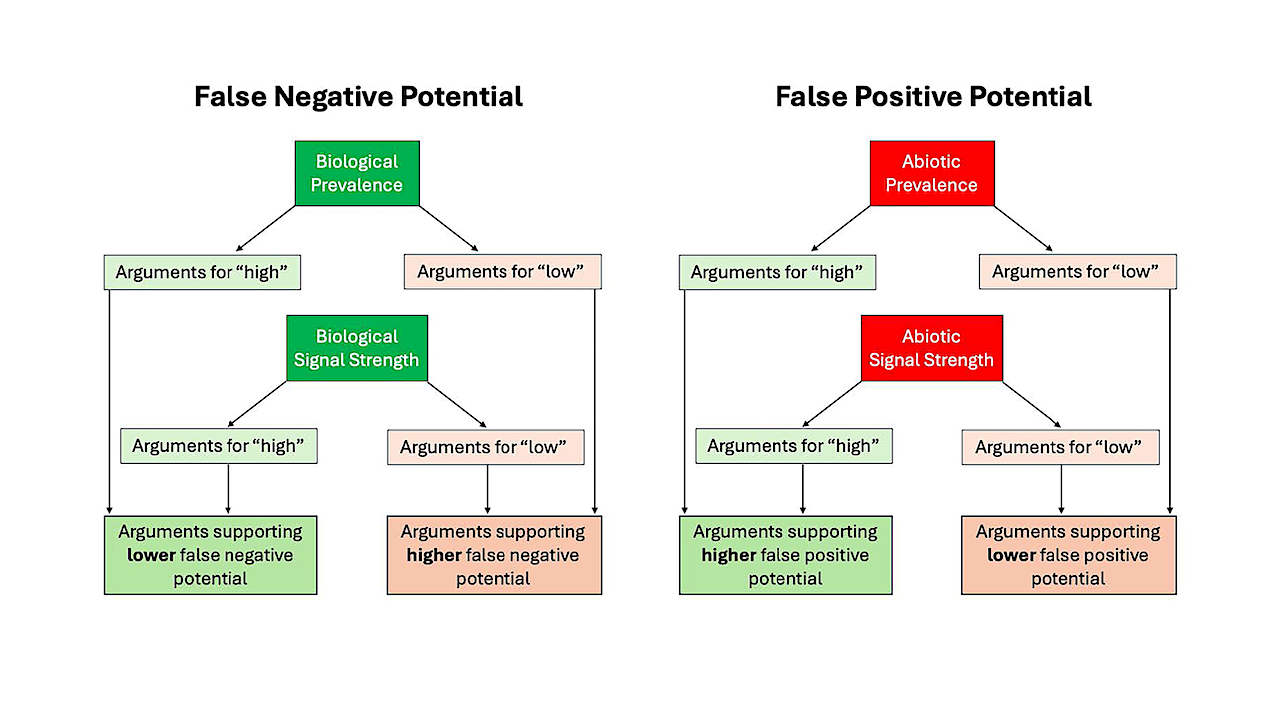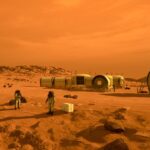Now Reading: Giant star Betelgeuse has a ‘Betelbuddy’ — and it’s very little indeed
-
01
Giant star Betelgeuse has a ‘Betelbuddy’ — and it’s very little indeed
Giant star Betelgeuse has a ‘Betelbuddy’ — and it’s very little indeed
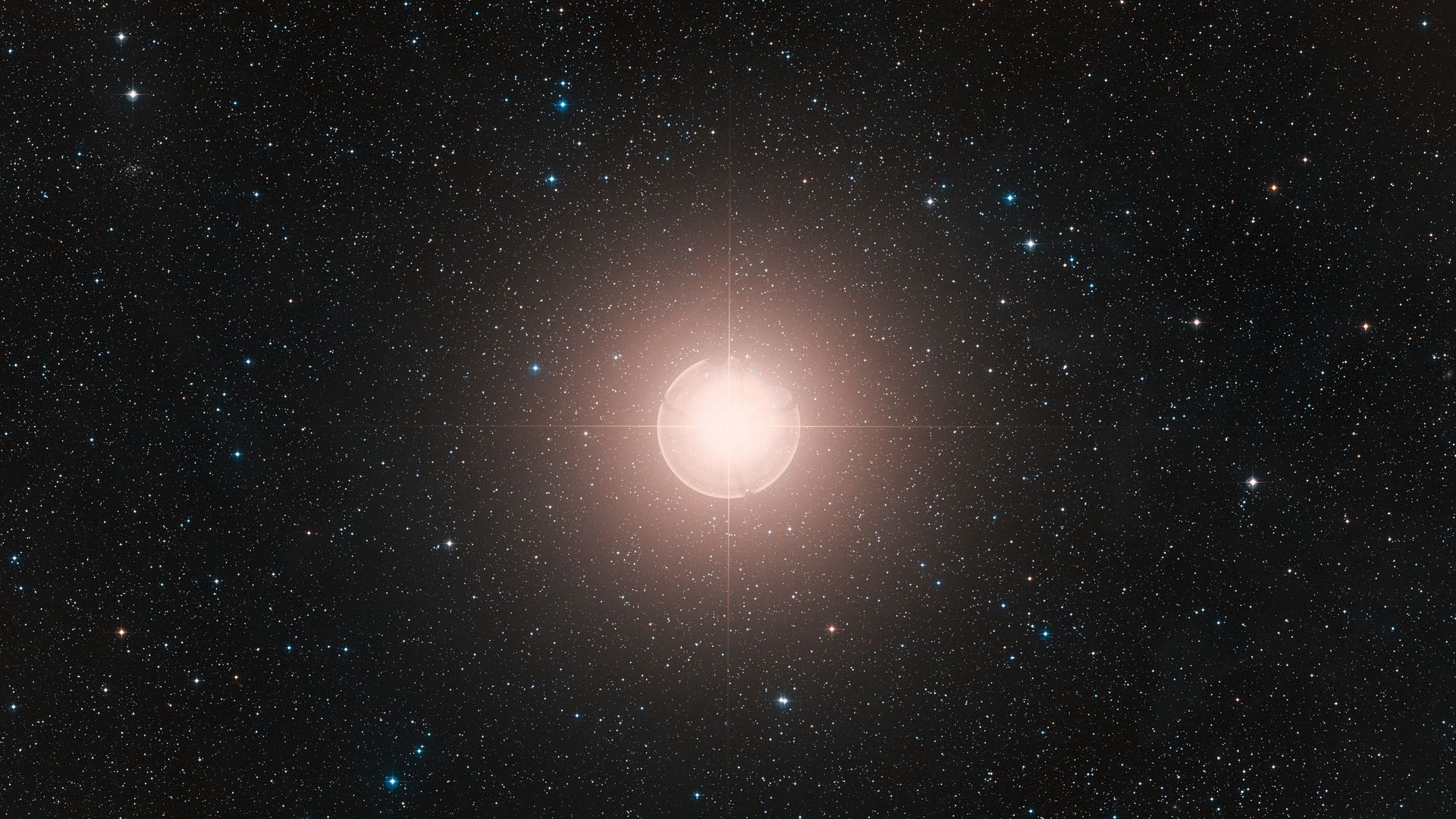
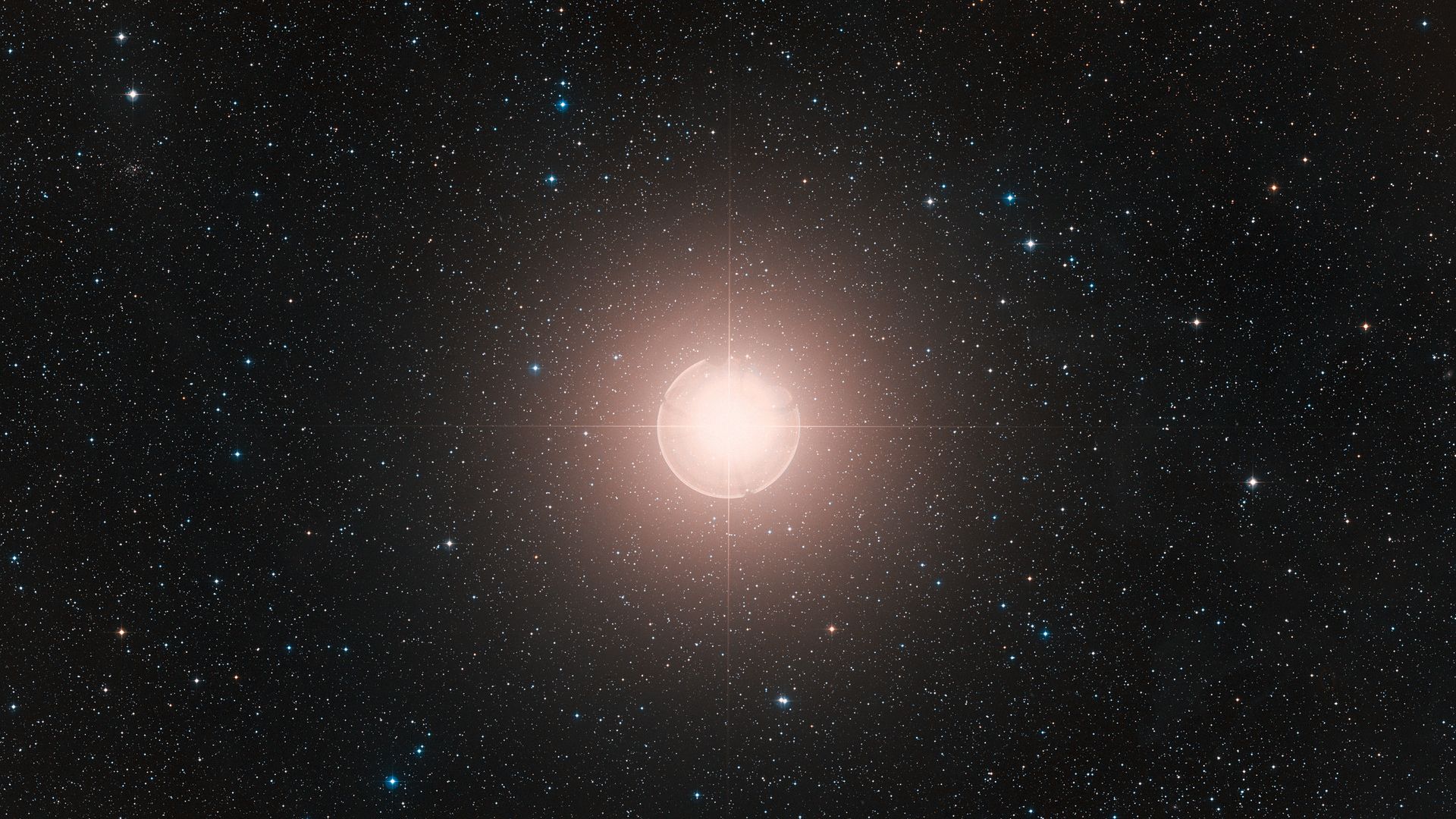
Every superhero — or antihero — needs a sidekick. And it turns out that Beetlejuice Betelgeuse does indeed have one! The red supergiant star found in the constellation Orion has captivated stargazers for millennia, and while scientists have long theorized it had a companion of some sort due to its periodic dimming, no one had ever seen it. Until recently! World, meet Betelbuddy.
After the Gemini North Telescope in Hawaii imaged a faint potential companion to Betelgeuse, Carnegie Mellon University (CMU) researchers used NASA’s Chandra X-ray Observatory and the Hubble Space Telescope to examine Betelgeuse in more detail. And the timing was perfect — Betelbuddy, as the tiny companion is nicknamed — was at its maximum distance from its much larger, much brighter neighbor. (Betelgeuse is about 700 times the size of our sun and thousands of times brighter.) Finally, researchers made detailed, concrete observations.
“It turns out that there had never been a good observation where Betelbuddy wasn’t behind Betelgeuse,” Anna O’Grady, a postdoctoral fellow at CMU,”said in a statement. “This represents the deepest X-ray observations of Betelgeuse to date.”
Impressively, capturing an image of Betelbuddy was only the start of the discoveries. The researchers had anticipated the companion to be a white dwarf or a neutron star, but they saw no signs of accretion, a distinct signature of both types of objects. Instead, they suspect it might be a young stellar object about the size of our sun.
And herein lies the next major discovery. The size ratio between Betelgeuse and Betelbuddy challenges what we currently know about binary stars. Typically, binary stars have similar masses. But Betelgeuse is about 16 to 17 times the mass of our sun, whereas Betelbuddy has about the same mass as our sun.
“This opens up a new regime of extreme mass ratio binaries,” O’Grady said. “It’s an area that hasn’t been explored much because it’s so difficult to find them or to even identify them like we were able to do with Betelgeuse.”
This is only the start of the tale of Betelgeuse and Betelbuddy, and we can’t wait to see where it takes us next.
The team’s research will be published in The Astrophysical Journal on Oct. 10.
Stay Informed With the Latest & Most Important News
Previous Post
Next Post
-
 012024 in Review: Highlights from NASA in Silicon Valley
012024 in Review: Highlights from NASA in Silicon Valley -
 02Panasonic Leica Summilux DG 15mm f/1.7 ASPH review
02Panasonic Leica Summilux DG 15mm f/1.7 ASPH review -
 03How New NASA, India Earth Satellite NISAR Will See Earth
03How New NASA, India Earth Satellite NISAR Will See Earth -
 04From Polymerization-Enabled Folding and Assembly to Chemical Evolution: Key Processes for Emergence of Functional Polymers in the Origin of Life
04From Polymerization-Enabled Folding and Assembly to Chemical Evolution: Key Processes for Emergence of Functional Polymers in the Origin of Life -
 05And Thus Begins A New Year For Life On Earth
05And Thus Begins A New Year For Life On Earth -
 06Astronomy Activation Ambassadors: A New Era
06Astronomy Activation Ambassadors: A New Era -
07SpaceX launch surge helps set new global launch record in 2024












